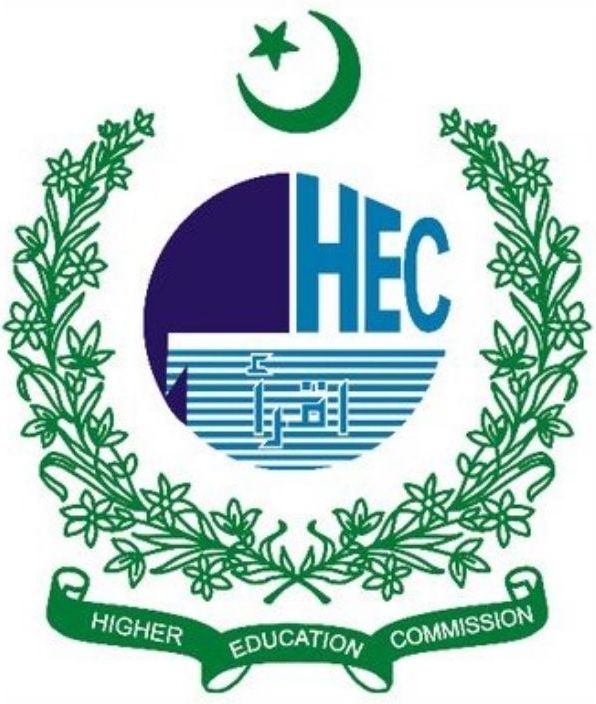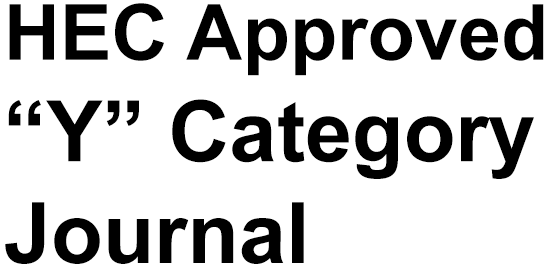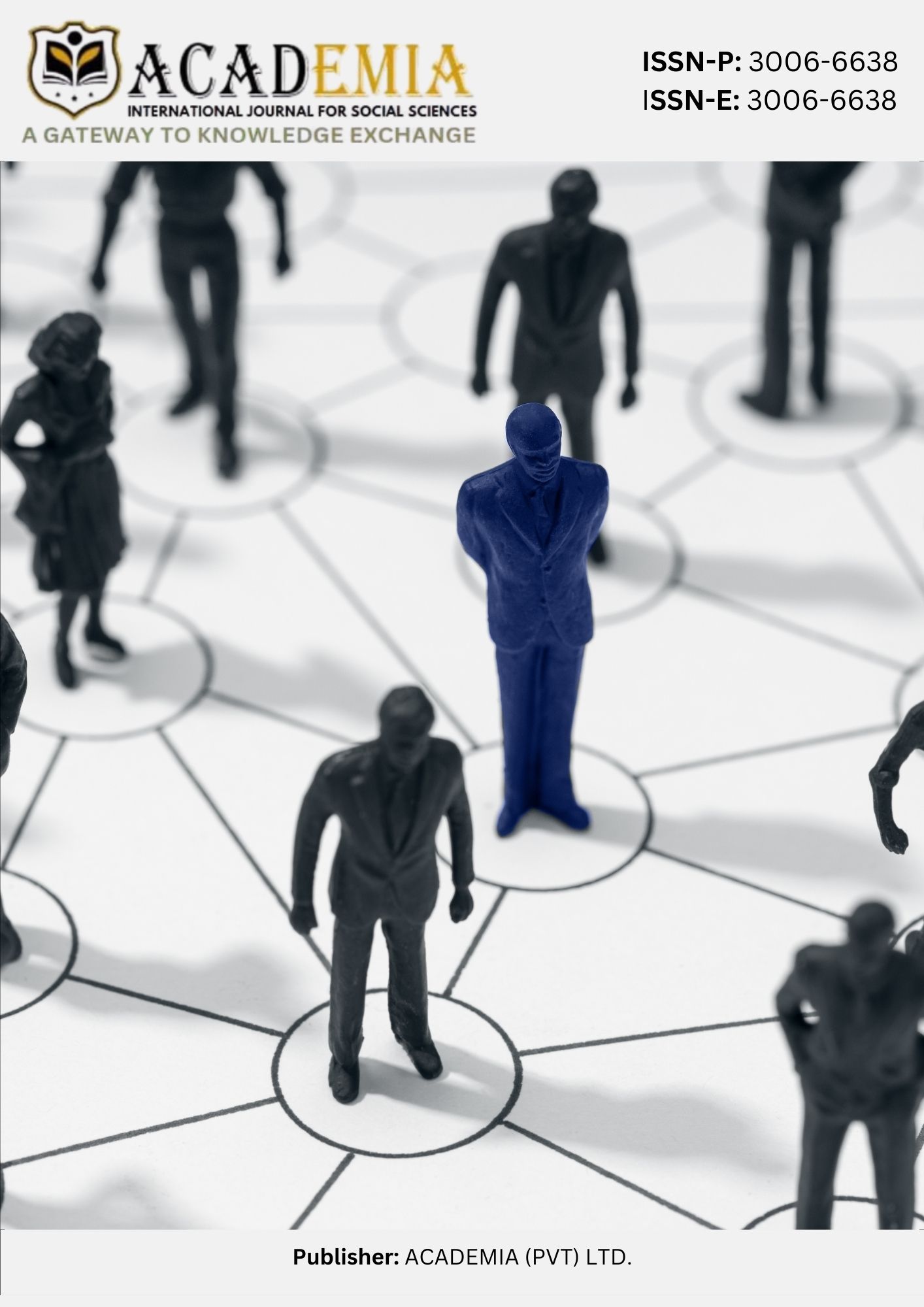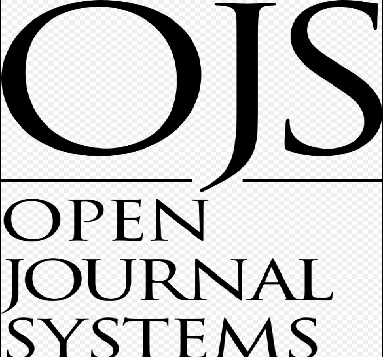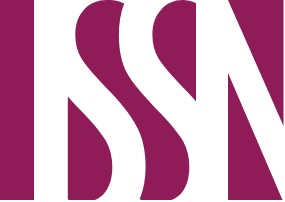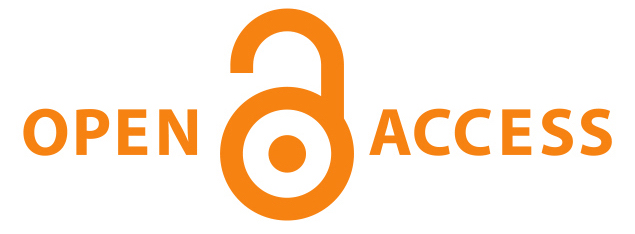Code-switching and Educational effectiveness: A quantitative analysis of NUML Peshawar English classrooms
DOI:
https://doi.org/10.63056/ACAD.004.03.0443Keywords:
Code-Switching, bilingualism, multilingual education, pedagogical effectiveness, language policy, second language acquisition, quantitative analysisAbstract
This study investigates the pedagogical role and frequency of code-switching in English classrooms at the National University of Modern Languages (NUML), Peshawar campus. Code-switching is a characteristic feature of bilingual education systems, especially in contexts where English serve as the medium of instruction. A quantitative approach employing close-ended questionnaires was used to assess the perceptions of both students and teachers regarding code-switching. The findings reveal that 42.4% of students regularly and 27.4% often engage in code-switching, while 77.8% consider it beneficial for understanding complex concepts. Teachers reported employing code-switching to clarify difficult material and enhance student engagement. Despite these advantages, concerns were raised about its potential to impede English language fluency. The study concludes that while code-switching can be pedagogically effective in bilingual classrooms, a balanced instructional approach is necessary to support both comprehension and target language proficiency.
Downloads
Published
Issue
Section
License
Copyright (c) 2025 Muhammad Sohaib, Naveed Ur Rehman (Author)

This work is licensed under a Creative Commons Attribution 4.0 International License.


